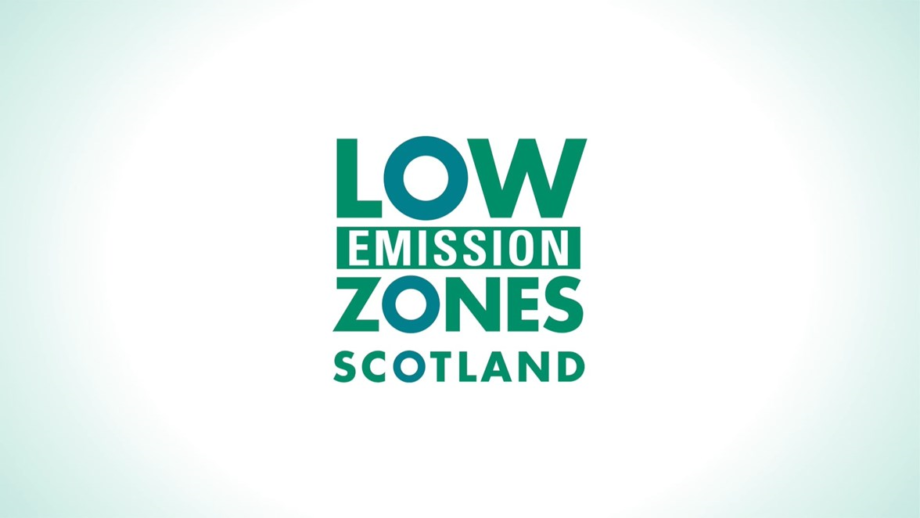Low Emission Zones are coming, but what do we really know about them?

Low Emission Zones (LEZs) are designed to improve air quality by limiting access to the most polluting vehicles in our towns and cities.
Scottish Government has committed to introduce LEZs, between February 2022 and May 2022 as an indicative timeline, in Scotland’s four biggest cities – Glasgow, Edinburgh, Aberdeen and Dundee.
LEZs set an environmental standard on certain road space, restricting access for the most polluting vehicles. Local authorities will be responsible for designing and implementing zones in their own areas with entry based on the Euro emission engine classification standards.
A penalty will be payable by the vehicle’s registered keeper where a non-compliant vehicle enters unless it has an exemption.
Scotland’s first low emission zone began operating in Glasgow at the end of 2018. Until 31 December 2022, the zone will only apply to local bus services but, after that date, the Glasgow LEZ will be extended to include additional vehicle types.
The Transport (Scotland) Act 2019 proposes that the minimum standards for entry into Scotland’s low emission zones are Euro 4 for petrol cars and vans (generally vehicles registered from 2006), Euro 6 for diesel cars and vans (generally vehicles registered from September 2015) and Euro VI for buses, coaches and HGVs (generally vehicles registered from January 2013). These dates are only indicative - please check to confirm with your vehicle manual or the manufacturer. Electric and ultra-low emission vehicles (ULEV) will be able to be driven into Scotland’s low emission zones.
To find out if your vehicle is likely to be allowed entry to a low emission zone, you use our vehicle checker.
A frequent question received is why a 2015 diesel vehicle with a low tax band is restricted from a low emission zone, but a 10-year-old petrol engine vehicle is not. That is because low emission zones don’t relate to vehicle tax bands but aim to reduce the levels of Nitrogen Dioxide (NO2) emitted from vehicles. Diesel engines produce higher levels of NO2 and particulates so that’s why a petrol vehicle registered from 2006 will likely be compliant whereas diesel vehicles registered after 2016 are likely to be compliant.
£3 million of new funding from the Scottish Government has been made available in 2020/21 through the Low Emissions Support Fund to help organisations prepare for the introduction of LEZs. Grants are available to support the cost of retrofitting engines or exhausts on taxis, vans and HGVs to Euro 6/VI standard in order to help protect Public Health and meet LEZ standards or incentivise the disposal of non-compliant vehicles.
Individual households can apply for a £2000 cash grant to help with the disposal of a non-LEZ compliant vehicle. In addition, the Fund offers up to two £500 mobility grants (one per adult in the household) for Travel Better vouchers to purchase a bike, e-bike or public transport voucher – helping to improve air quality ahead of actual LEZ enforcement in our towns and cities.
Micro-businesses can access a £2500 cash grant per car or van to remove a non-compliant vehicle, either to replace it with a compliant vehicle, or to invest in an alternative mode of transport such as an e-cargo bike.
The main aim of introducing LEZs in Scotland’s major cities is to reduce air pollution which will help protect public health, and to tackle climate change. Cleaner air can have lots of health benefits for everyone, especially for old and very young people and for those with existing heart and lung conditions. By reducing pollution from vehicle emissions, we will help transform our cities into cleaner and healthier places to live, work and visit.
If you want to keep up to date with latest developments on low emission zones in Scotland please register for updates.
03/11/2020
